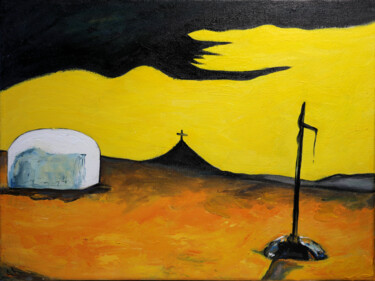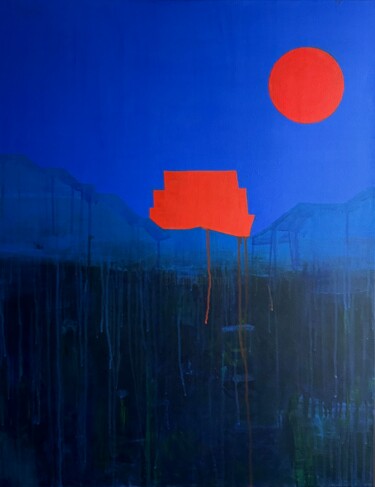
1,297 原创艺术品,限量版和版画:
Discover original contemporary Desert artworks on ArtMajeur
Contemporary Desert Art is a genre of original artwork that captures the essence of the desert through a modern lens. Artists in this field use a range of supports, from canvas and paper to wood and metal, and materials such as acrylics, oils, and mixed media. What sets this type of artwork apart is its ability to evoke the unique colors, textures, and landscapes of the desert in a way that is both innovative and authentic. Through their use of abstract forms, bold colors, and unconventional techniques, these artists are able to capture the spirit of the desert and bring it to life on the canvas. Whether you are drawn to the stark beauty of the desert or simply appreciate the creativity and skill of contemporary artists, there is something truly special about these original works of art.

©2025 Nataliya Bagatskaya
Origins and History
Petroglyphs, Desert art movement, and Climate change are three distinct important terms related to the origin and history of original contemporary Desert artworks.
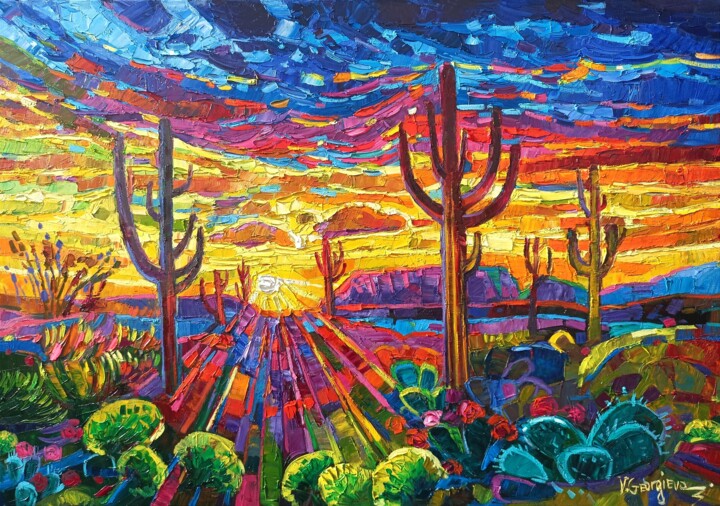
©2024 Vanya Georgieva
Evolutions of theses works in the contemporary art market
In recent years, original contemporary Desert artworks have evolved substantially, reflecting the changing landscape of the art market. These artworks are highly sought after due to their unique and captivating representations of the desert landscapes, which have long been an important subject in contemporary art.
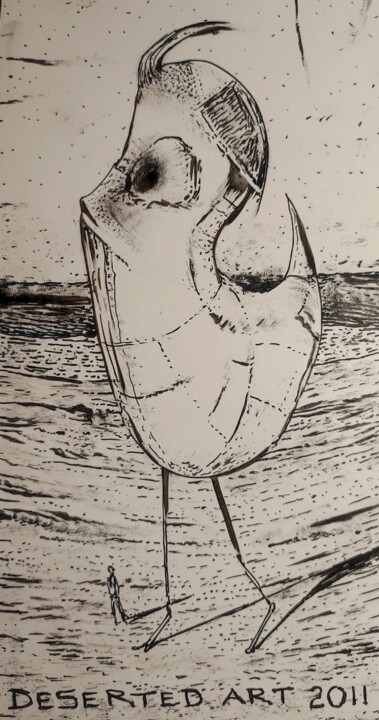
©2024 Milto Sideris
Related Famous Artists
Contemporary artists who specialize in creating original artworks inspired by the desert are gaining popularity in the art world. Some of the most renowned artists in this genre include:
Ed Ruscha: A prolific American artist known for his paintings and photographs that often feature the desert landscape. Ruscha’s work is characterized by a minimalist style that focuses on geometric shapes and bold typography.
Lawrence Weiner: An American conceptual artist whose work often explores language and its relationship to art. Weiner’s desert-inspired pieces often feature text-based installations that challenge the viewer’s perception of space and time.
Richard Long: A British artist known for his land art pieces that incorporate natural materials like stones, mud, and water. Long’s work often involves walking through the desert landscape and creating temporary sculptures that interact with the environment.
James Turrell: An American artist who creates immersive light installations that explore perception and the nature of human experience. Turrell’s work often incorporates the desert landscape and the changing light of the sun and sky.
Michael Heizer: An American sculptor known for his large-scale earthworks that transform the desert landscape. Heizer’s pieces often involve moving massive amounts of earth to create geometric shapes and forms that interact with the natural environment.
These artists challenge us to see the desert in new and unexpected ways, pushing the boundaries of what we think is possible in art. Their work invites us to contemplate the beauty and complexity of the natural world and to consider our place within it.

©2025 Rodolfo V Ortiz
Notable original contemporary Desert artworks
Contemporary Desert Artworks:
"Spiral Jetty" by Robert Smithson, created in 1970, is a massive earthwork sculpture on the shores of Great Salt Lake in Utah. The artwork is a spiral-shaped coil made of black basalt rocks, which juts out into the lake and creates a mesmerizing effect on the viewer.
"The Lightning Field" by Walter De Maria, constructed in 1977, is a field of 400 stainless steel poles arranged in a grid formation in the high desert of New Mexico. The artwork is designed to attract lightning strikes, creating a dazzling display of electricity across the landscape.
"Double Negative" by Michael Heizer, completed in 1970, is a monumental earthwork sculpture in the Nevada desert. The artwork consists of two massive trenches, each 50 feet deep and 30 feet wide, which slice through the landscape and create a dramatic sense of emptiness and absence.
"Sun Tunnels" by Nancy Holt, created in 1976, is a sculpture installation in the Utah desert consisting of four large concrete tubes arranged in a cross pattern. The tubes are aligned with the movements of the sun, creating an ever-changing play of light and shadow across the landscape.
"Sky Mirror" by Anish Kapoor, installed in 2006, is a giant concave mirror that reflects the sky and surrounding landscape in a distorted and surreal way. The artwork is located in the desert of New Mexico, and creates a sense of infinity and vastness that is both beautiful and unsettling.
"Broken Circle and Spiral Hill" by Robert Morris, created in 1971, is a land art piece in the New Mexico desert. The artwork consists of a circular pit and a spiral mound, which create a sense of tension and balance between the two forms.
Overall, these contemporary desert artworks challenge our perceptions of space, time, and our relationship to the natural world. They invite us to contemplate the vastness and emptiness of the desert landscape, and to see it as a place of beauty, wonder, and mystery.

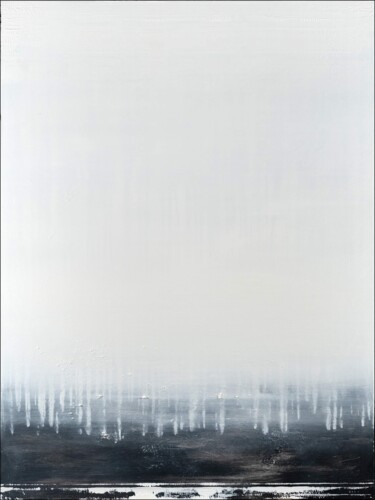
Nemanja Nikolic
丙烯在帆布上 | 48x36 in
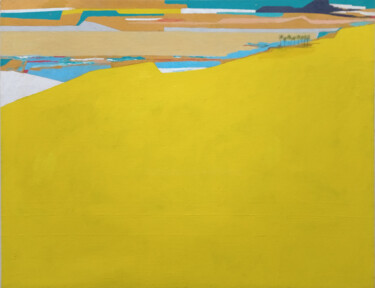
Hannes Hofstetter
丙烯在帆布上 | 39.4x51.2 in
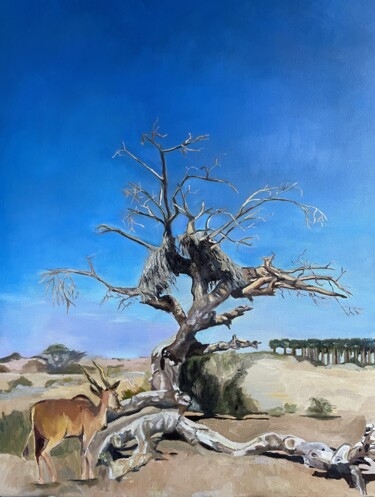
Victoria Kukuy
油在帆布上 | 27.6x19.7 in
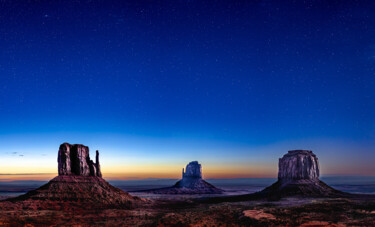
Philip Richard
摄影 | 38.2x63 in

Aethel Voss
数字艺术 | 40x32 in

Jacques Peyrelevade
油在亚麻帆布上 | 19.7x19.7 in

Vanya Georgieva
油在帆布上 | 27.6x39.4 in
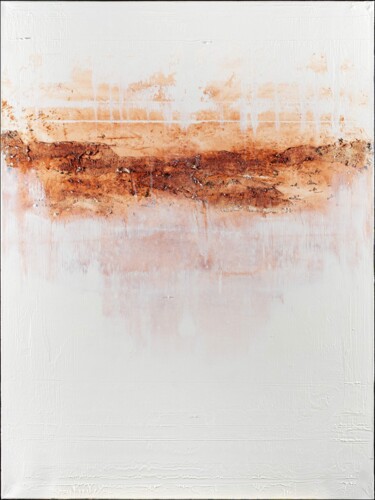
Nemanja Nikolic
丙烯在帆布上 | 40x30 in

Anzhelika Klimina
丙烯在帆布上 | 23.6x23.6 in
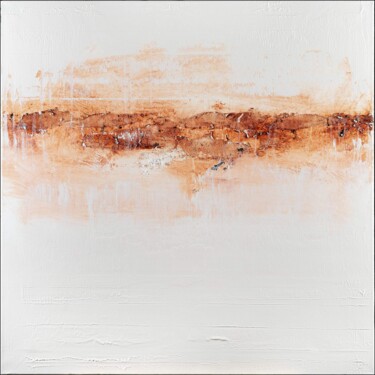
Nemanja Nikolic
丙烯在帆布上 | 36x36 in

Anzhelika Klimina
丙烯在帆布上 | 23.6x23.6 in
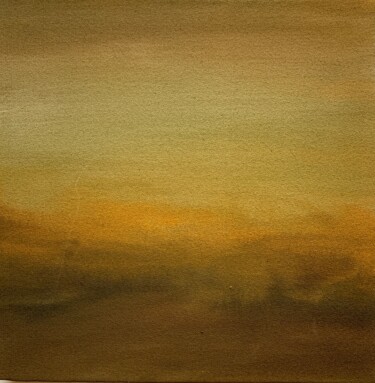
Krist Sergeeva
丙烯在帆布上 | 11.8x11.8 in
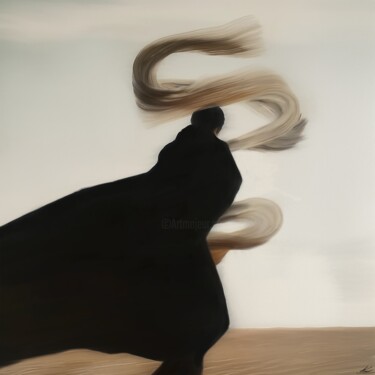
Anzhelika Klimina
丙烯在帆布上 | 23.6x23.6 in
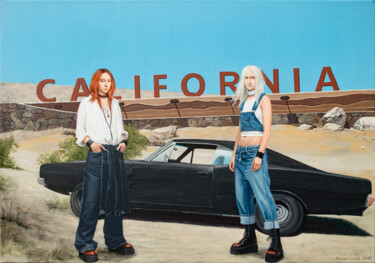
Nataliya Bagatskaya
丙烯在帆布上 | 27.6x39.4 in
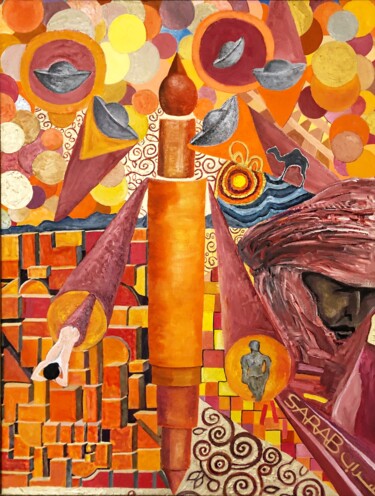
Oliver Steinmann
丙烯在帆布上 | 31.5x23.6 in
